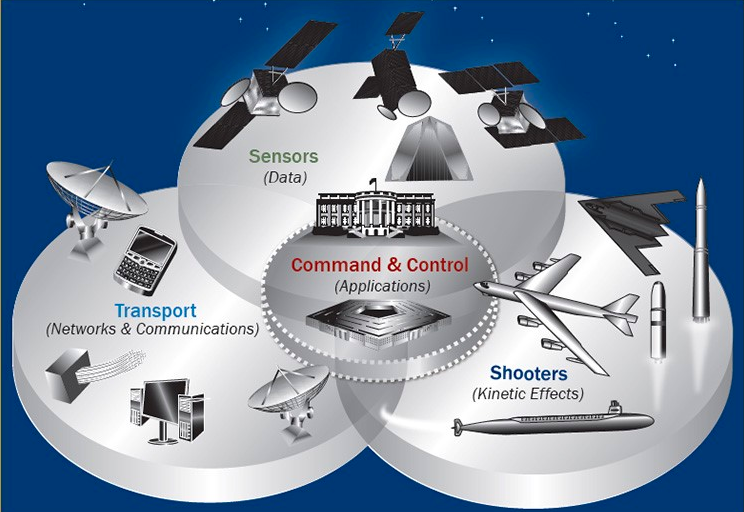By Granth Vanaik

Even though Indian Prime Minister Narendra Modi touts the vision of “Sabka Saath, Sabka Vikas, Sabka Vishwas” (“everyone together, everyone’s development, everyone’s trust”), India has failed to deliver on its promises. Trade totals with South Asian neighbors remain low, many Indian infrastructure projects in the region are still incomplete, and its neighbors are disappointed with discrimination in aid. China, on the other hand, has extensively made inroads into the region. What are the significant issues hampering India’s economic diplomacy? Furthermore, why has India not been able to resolve its challenges?
Protectionism
One major problem is that India has increased its protectionist approach since Modi’s election in 2014, which has a significant impact on economic diplomacy. The Asian Development Bank, in a December 2020 report looking at 25 countries in the Asia-Pacific region, ranked India 24th on trade openness – only Pakistan scored lower. Despite having implemented economic reforms with liberalization, privatization and globalization (LPG) policies starting in 1991 and signing the South Asian Free Trade Area (SAFTA) agreement for greater economic integration and free trade in 2006, India’s overall trade with South Asia has been low accounting for between 1.7 percent and 3.8 percent of its global trade. India exports in bulk; however, imports are minimal, due to trade barriers.












/cloudfront-us-east-1.images.arcpublishing.com/mco/U4LCRND2SFGPPNC7S4VW2LOVLY.JPG)